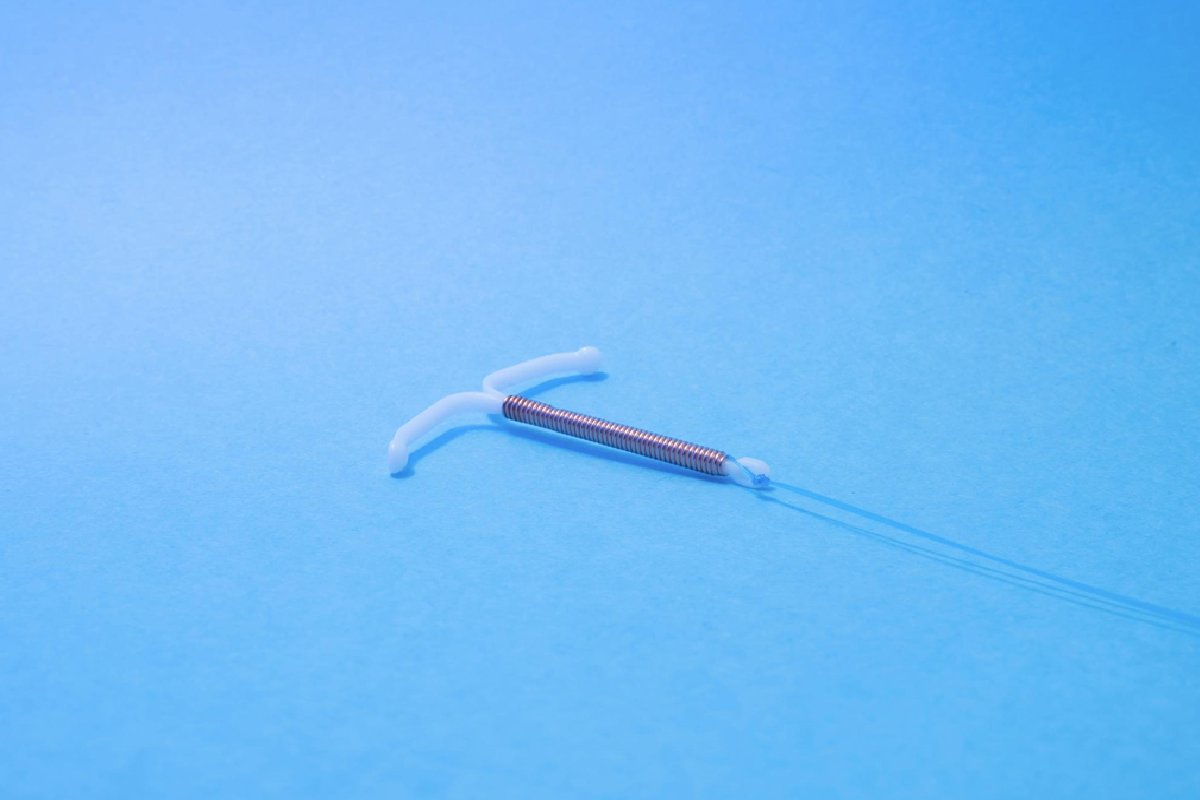In the realm of family planning, birth control options vary widely, but one method that has stood the test of time is the intrauterine copper contraceptive. Although not as commonly discussed as hormonal options, copper intrauterine devices (IUDs) offer distinct advantages, including long-term protection against pregnancy without the need for daily intervention. Understanding how these devices work and their unique benefits can help women make informed decisions about their reproductive health. Below, we delve into the workings of copper IUDs and explore their role in modern contraception.
Table of Contents
Understanding Intrauterine Copper Contraceptives and How They Work
Copper IUDs, like the well-known brand Paragard, are small T-shaped devices inserted into the uterus to prevent pregnancy without hormones. They work by releasing copper, which acts as a natural spermicide, disrupting sperm movement and making it hard for eggs to get fertilized. The device’s shape also creates an environment that’s unfriendly to sperm.
Insertion is a quick procedure done by a healthcare provider, and once placed, protection starts immediately and can last for years.
Copper IUDs prevent pregnancy by releasing copper ions that harm sperm and by triggering a mild, harmless inflammation in the uterus that further blocks sperm and stops implantation if fertilization happens. Many women choose copper IUDs like Paragard as a trusted, long-term, natural birth control option.
The Longevity and Cost-Effectiveness of Copper IUDs
Copper IUDs offer long-term contraception without the need for replacement or daily attention, making them a hands-off solution for women. Although the upfront cost may be higher than other birth control methods, the long service life results in savings over time. In an era of healthcare costs, the cost-effectiveness of copper IUDs is reassuring for many women.
Some insurance plans cover the cost of IUDs, including insertion and periodic check-ups. Copper IUDs provide uninterrupted birth control, making them appealing for those seeking a long-term solution without frequent medical interventions. This characteristic contributes to their growing popularity among various demographics.
Examining the Non-Hormonal Advantage of Copper IUDs
Copper IUDs are often preferred by hormone-sensitive women or those who prefer to avoid hormonal contraceptives’ side effects. These devices are hormone-free, reducing concerns about mood swings and weight gain. They are suitable for a broader range of women, including those breastfeeding or with certain health conditions that don’t allow hormonal birth control.
Copper IUDs are particularly valuable for women interested in monitoring their natural fertility cycle, as they allow for the observation of normal ovulatory patterns, which can be obscured by hormonal methods. This provides a sense of control and understanding of reproductive health. Copper IUDs offer an immediate return to fertility, unlike some hormonal options that may delay ovulation resumption. This makes them an inclusive option for women at different life stages.
How Copper IUDs Can Contribute to Women’s Sexual and Reproductive Health
Copper IUDs provide women with control over their reproductive choices without daily action or frequent regimen changes, allowing greater sexual freedom and spontaneity. They offer invisible and constant protection, removing barriers to intimacy that other methods may pose. Copper IUDs also allow healthcare providers to conduct regular checks during routine visits, offering opportunities for ongoing reproductive health monitoring.
This can foster dialogue on other reproductive concerns, such as menstrual irregularities and early detection of gynecological issues. The use of copper IUDs eliminates the need for emergency contraception, providing peace of mind for those concerned about potential contraceptive failures. Copper IUDs also contribute to broader discussions on family planning and population health, reducing unintended pregnancies and preventing health and socio-economic issues related to.
Addressing Common Concerns and Myths About Copper Intrauterine Devices
Copper IUDs, despite their benefits, have been a subject of misconceptions and concerns. Modern devices are designed with safety in mind, and serious complications are rare when properly inserted. Some women may experience increased menstrual bleeding or cramping, but these symptoms usually diminish over time.
Copper IUDs may hinder future fertility, but studies show fertility returns shortly after removal, with no long-term impact on a woman’s ability to conceive. Copper IUDs do not protect against , so it’s essential to use condoms alongside an IUD for comprehensive protection.
In conclusion, when examining the various merits of copper IUDs, it’s clear that these devices offer a valuable option for long-term, non-hormonal contraception. They stand as a testament to the advances in reproductive healthcare, providing a safe, cost-effective, and user-friendly option for women who prioritize convenience and control over their fertility.

